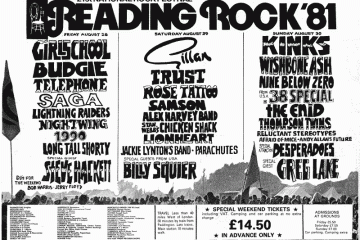Understanding Bonfire Night: History and Celebration
Introduction
Bonfire Night, also known as Guy Fawkes Night, is an annual event celebrated on the 5th of November in the United Kingdom. This occasion marks the anniversary of the failed Gunpowder Plot of 1605, which aimed to assassinate King James I and blow up the House of Lords. The night is marked by fireworks, bonfires, and effigies of Guy Fawkes, and serves as a reminder of the thwarted conspiracy that sought to overthrow the government. Its significance is deeply rooted in British history, making it a cultural touchstone that is relevant today.
Historical Background
The Gunpowder Plot was orchestrated by a group of English Catholics, including Guy Fawkes, who were frustrated by the oppressive policies against Catholics implemented by King James I. On 5th November 1605, they planned to blow up the House of Lords during the State Opening of Parliament. However, the plot was foiled when authorities received an anonymous tip-off. Fawkes was captured while guarding the explosives, leading to his execution and those of his co-conspirators.
Traditions and Celebrations
Bonfire Night traditions began almost immediately after the plot was uncovered. People lit bonfires to celebrate the King’s survival, displaying effigies of Fawkes as a symbol of their victory. Over the centuries, the event evolved into a communal celebration, marked by fireworks displays that light up the night sky. Today, families and friends gather to enjoy the festivities, often sharing toffee apples, parkin, and other seasonal treats. Public displays have grown in popularity, with cities organising grand firework shows, while many communities also hold their own private celebrations.
Current Relevance
While Bonfire Night is a reflection of the historical context of the early 17th century, it now also serves as an opportunity for communities to come together. Firework safety and environmental concerns are increasingly coming to the forefront of discussions regarding celebrations. Many local councils actively encourage responsible behaviour to minimise safety hazards and reduce noise pollution, particularly respecting pets and wildlife. Educational initiatives aim to teach younger generations about the historical significance behind the night, ensuring that the traditions continue in an informed manner.
Conclusion
Bonfire Night not only commemorates a significant event in British history but also serves to unite communities across the UK in celebration. As the night approaches, preparations are underway to ensure a safe and enjoyable experience for all. The carrying forward of traditions, coupled with contemporary considerations such as safety and environmental impact, contribute to the dynamic nature of Bonfire Night, making it a cherished occasion that continues to evolve.









